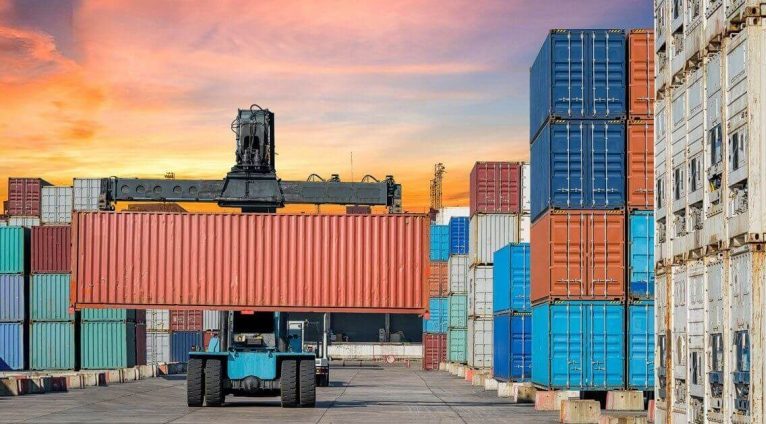Clearance of goods is done in order to deliver goods and goods to customs and release them to the importer or exporter. In this case, the goods will be smuggled out and become legal. The clearance process goes through several stages, including preparation, registration of import or export documents in physical or electronic form, calculation of funds such as commercial profit, customs duties, taxes, customs tariff source and facilities provided by the government to importers and Exporters of goods and… takes place.
In most countries, customs brokers and brokers operate under the auspices of freight forwarding. Shipping lines, importers and exporters, and independent trades are mainly employers of customs duties, and Iran is no exception to this rule.
The importance of clearance
When the clearance process takes place, one of the essentials is to determine the value of the cleared goods. The value of the goods is one of the information that a customs clearance and a experienced trader should pay attention to. In all customs, at the borders of the country, the value of goods is determined by different prices (which can be searched for value in the TSC system).
Necessary conditions for clearance of goods
In order to clear the goods from customs, the necessary permits, work permit card and business card issued by the Iranian Customs Organization must be obtained.
Customs clearance steps
1- Completion of documents
2- Data entry through EPL system
3- Print the declaration
4- Receiving cottage and determining the route
Green Path: Box
Yellow Path: Examination of documents by an expert and obtaining the necessary permits
Red Route: Evaluate and obtain the necessary permits and review documents by an expert
5- Commodity evaluation
6- Obtaining the necessary licenses
7- Service expert (virtual)
8- 10% of freight for foreign lines
9- Box
10- Warehousing and
11- Exit door
12- Exit of goods
Declaration and clearance process
Under an electronic system, you no longer need to go to the relevant departments and submit paper documents, because all paper documents will no longer be transferred from the buyer’s computer system to the electronic customs clearance system.
Generally, the declaration and clearance procedure includes the following 4 steps:
Register a statement
The first step in the customs clearance process is to complete the import declaration and register it in the customs system online. Type of goods, quantity, trademark, technical, model, value and weight of goods are among the information that is taken into account when goods enter customs. Now, both before and after the shipment arrives, the shipping company reports the arrival and information to the customs. If there are no errors or problems, the arrival declaration of the ship or aircraft will be given by the electronic customs system, the entry declaration number of the shipping and transport company. When the consignment arrives at the port, the importer or customs clearance submits the declaration to the electronic customs system. Cottage means the registration of the declaration of import or export of goods in the customs, for each registered declaration, it is assigned a number, this number is called cottage.
Review and approve the declaration
The second step is to check and confirm the declaration and other documents by the importer. Again, the electronic customs system validates the information provided and gives you the declaration number within a few seconds and you make the electronic payment.
Payment of import duties and taxes
The third step is to pay duties and taxes. There are two ways to pay duties and customs taxes: payment by bank receipt or payment electronically.
Provide other documents
In addition to the information, some documents must be submitted to the customs office.
Including a health certificate that is required for food as well as cosmetics and pharmaceuticals. In addition, we can also mention the purchase invoice, which shows the purchase price of goods. Submission of packing list, manifest and bill of lading are other necessary documents to be submitted to customs.
Matching documents
In order to determine the valuer, the Customs Administration must carefully review all the documents received from the applicants and traders and then submit them to the accounting department for evaluation and control of the goods with documents and invoicing.
Necessary documents for clearance of goods
In the window of the cross-border business unit, at the time of declaring the goods in the import procedure, the bill of lading, clearance, warehouse receipt, proforma, packing list, invoice and certificate of origin are required and only for these three documents, a place for loading is provided.
Some declarants scan and upload all the documents that the expert may request from them when reviewing the declaration, along with these three essential documents.
The question is, if these documents are necessary, why is there no place to load them, and if they are not necessary, why should the expert leave the queue once ??
The main documents that must be attached to the declaration are:
A – Incoming goods:
** Purchase documents
** Shipping documents (or certified image of the shipping document by the international shipping company)
** Clearance
** Warehouse Receipt
Necessary permits and certificates:
Bank documents (if the goods were imported through the banking system)
Certificate of Origin
Form of justice (in case of non-uniformity of goods)
And other documents that the customs deems necessary in the implementation of the law or other laws.
It is not necessary to attach the shipping and clearance document for the goods entering from the free trade-industrial and special economic zones to the main land that has been traded in the region or has become a warehouse receipt.
Note 1- In exceptional cases where the submission of one or more documents other than clearance, the bank’s consent (if the goods have been imported through the banking system) and the necessary permits and certificates is not possible, the declaration of acceptance shall be at the discretion of the Customs Director.


Leave A Comment